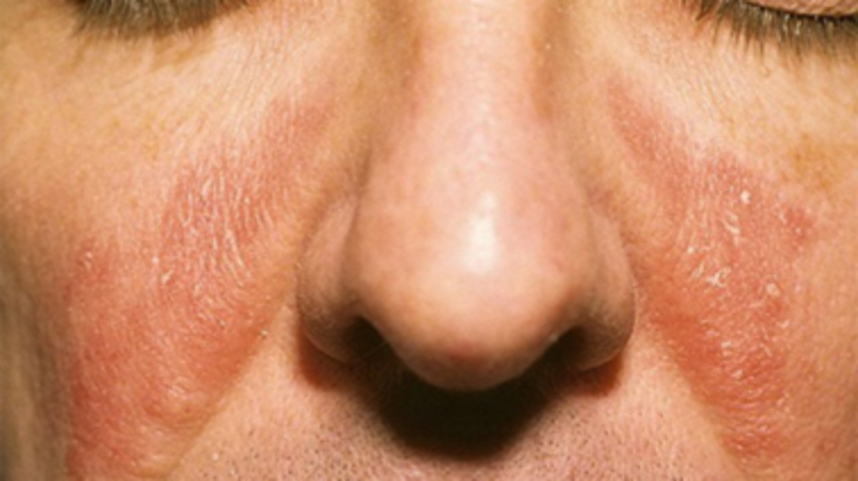Seborrheic dermatitis is a common skin condition
It is a long-term condition that may need many treatments and frequent flare-ups are common. It is not contagious, it is not an allergy, and it is not a sign of poor personal hygiene.
Characteristics of seborrheic dermatitis
Common skin and scalp symptoms are redness, flaking, and white to yellow scaly or crusty patches that often appear greasy. Irritation, itching and/or stinging often occurs.
Other common names
Seborrheic dermatitis is also referred to as:
- seb-derm
- seborrheic eczema
- seborrheic psoriasis
- dandruff – when it is confined to the scalp
- cradle cap – in infants
Over-the-counter (OTC) treatment options
Over-the-counter (OTC) medicated shampoos and cleansers containing Pyrithione Zinc (ZNP bar soap – zinc soap) can help control and reduce the symptoms of seborrheic dermatitis and dandruff. Creams containing a mild corticosteroid such as Hydrocortisone 1% can help relieve the itching associated with seborrheic dermatitis.
When to call a doctor
If symptoms worsen or do not improve after use of an over-the-counter product, or if you suspect your skin is infected, see a doctor. A dermatologist can provide more rigorous or specialized treatment options with prescription strength skin and hair care products.
